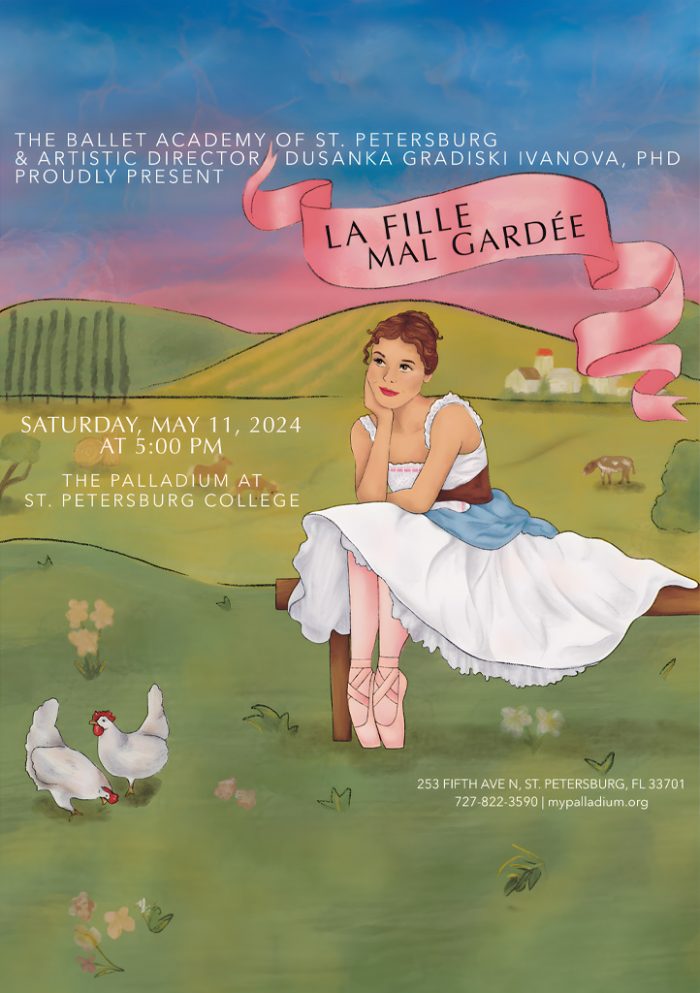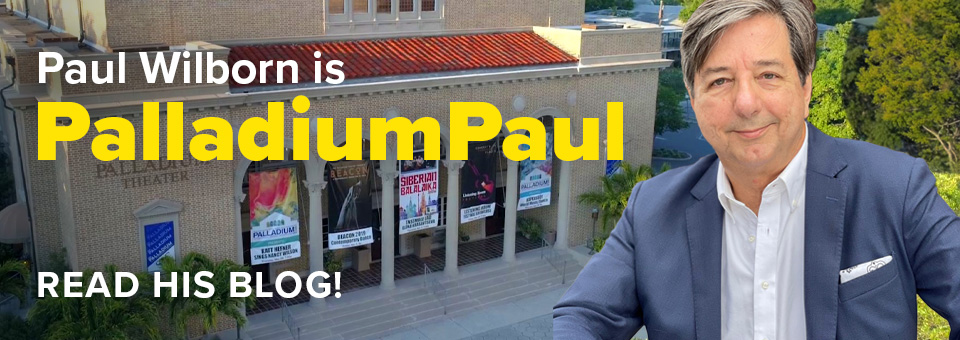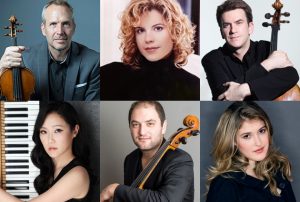I made sure I flew home from an extra-long weekend of food and music in New Orleans in time for tonight’s concert by the Palladium Chamber Players (Wednesday, April 25). It’s an all-Schubert program and there are still some fine seats available.
For tickets and information call our box office at 727-822-3590 or follow this link for online tickets.
Our favorite classical music writer, Kurt Loft, is again contributing program notes. You can read them here or also see them in toninght’s program. And say hello to Kurt, he’ll be at the concert.
By Kurt Loft
Imagine, if you will indulge in whimsy for a moment, what glories of music would fill the air had Mozart not died at such a young age. The same for Mendelssohn, Bizet and Gershwin, who passed much too soon, leaving us to ponder masterpieces that might have been ─ or changed the course of music history.
 Franz Schubert seemed almost prescient about his short life, judging from the sheer output of compositions ─ nearly 1,500 ─ in his 31 years. This enormous cache includes 600 songs; 40 liturgical pieces; 20 piano sonatas; 15 string quartets; nine symphonies; and music for the stage.
Franz Schubert seemed almost prescient about his short life, judging from the sheer output of compositions ─ nearly 1,500 ─ in his 31 years. This enormous cache includes 600 songs; 40 liturgical pieces; 20 piano sonatas; 15 string quartets; nine symphonies; and music for the stage.
To say Schubert could write a tune is an understatement. He spun music like silk on a loom, organically melodic, melancholy and introspective. Some works, like his Unfinished Symphony, are so profound they seem to have been forged in a great furnace deep within the earth. Aware of his fate, Schubert composed music as romantic love songs about death, but spontaneous and clear. Few musicians have ever matched his gift of pure, poetic expression.
“Schubert’s music is exquisite, beautiful, absolutely gorgeous,’’ said Danielle Farina, violist with the Palladium Chamber Players, who devote their latest program entirely to Schubert. “And there’s such a strong vocal element to his music. When preparing a piece, I always ask myself, ‘how would a singer sing this?’ It helps me think how I’m going to turn a phrase.’’
It may have seemed bizarre to his friends that such sounds could come from a shy, often sick, diminutive man, whom they called “little mushroom.’’ In the words of his childhood friend Franz Eckel, Schubert lived in a world “of inner, spiritual thought, seldom expressed in words but almost entirely in music.’’
Few of Schubert’s works were published or widely known in his lifetime, and he did little to promote himself. Only one public concert devoted to his music was staged while he was alive, and his aversion to public appearances may be why he never wrote a concerto: He would have to serve as soloist.
The music on this Palladium program was not written for professional soloists on the public stage, but for friends and families who played music as a hobby. Hausmusik, or music for the home, was entertainment long before radio and television, and some gatherings in Vienna became known as Schubertiades.
A typical homage to Schubert in someone’s candle-lit apartment might begin with the Adagio and Rondo Concertante in F Major, D. 487, the composer’s lone piano quartet, and cast in just two movements without a break: a sweetly lyrical adagio, and a quick-silvered rondo that juggles four themes in contrasting keys.
Schubert makes no bones about equality: the piano takes the spotlight, and the violin, viola and cello play second fiddle. The dominating keyboard makes this work sound like the concerto Schubert would never write.
The most unusual piece on this program is the Sonata for Piano and Arpeggione, D. 821. Don’t feel bad if you’ve never heard of an arpeggione ─ a cross between guitar and cello, with the six strings bowed and strung at an angle. This made it difficult to play, and because of its quirky nature, the arpeggione quickly fell from favor.
Schubert is the only major composer known to have written for the arpeggione, and modern performances use transcriptions for viola, cello or guitar. This performance features Farina on the viola. The 20-minute Sonata opens with a sonorous theme by the piano, echoed by its stringed partner, followed by lighthearted banter leading to a new theme. The middle movement slows to a hush, and a jumble of alternating 16th notes ushers in a variation on the opening tune.
The Palladium players devote the second half to the beloved Trout Quintet in A Major, D. 667, which is unusual in being a string trio at its core, with piano and double bass serving as bookends. A sunny, good-natured work, it takes its name from a song Schubert had written years earlier and rehashed in the fourth movement. Cast in five sections, this is a serenade full of swooning tunes, swagger, and contrasts of light and shade. Although not a virtuosic piece, the Quintet commands attention in the way it integrates each instrument into the whole ─ not unlike a miniature symphony.
“I don’t think of the Trout as an easy piece to play,’’ Farina said. “It has so much to offer emotionally, so you have to spend a lot of time with it. You have to live it.’’
Imagine Schubert and his musical friends by a fireplace, drinking wine, and turning pages of this newly composed masterpiece. Their sublime entertainment unfolds as a dramatic and spacious piano introduction, a second movement in tender repose, a dance-like third, six variations on the Trout theme to follow, and a lively Hungarian tune to end the night in high spirits.








Leave a Reply